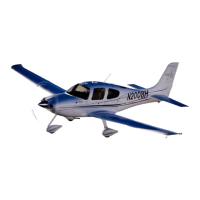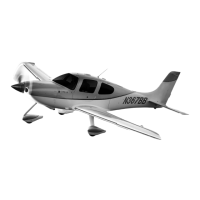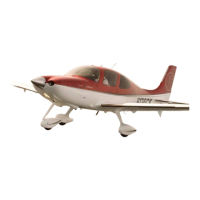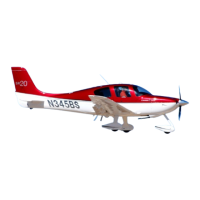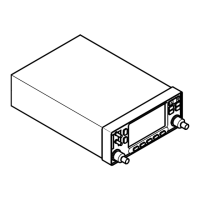P/N 13772-004 CoverPage-i
PILOT’S OPERATING HANDBOOK
AND FAA APPROVED
AIRPLANE FLIGHT MANUAL
for the
CIRRUS SR22
Aircraft Serials 22-3915 & Subsequent
3600 Pound Takeoff Weight
FAA Approved in Normal Category based on FAR 23. This document must be carried in
the airplane at all times and be kept within the reach of the pilot during all flight
operations.
THIS HANDBOOK INCLUDES THE MATERIAL REQUIRED TO BE FURNISHED TO
THE PILOT BY FAR PART 23 AND ADDITIONAL INFORMATION PROVIDED BY
CIRRUS DESIGN AND CONSTITUTES THE FAA APPROVED AIRPLANE FLIGHT
MANUAL.
Model - Serial Num.: Registration Num.:
Original Issue: February 01, 2013










